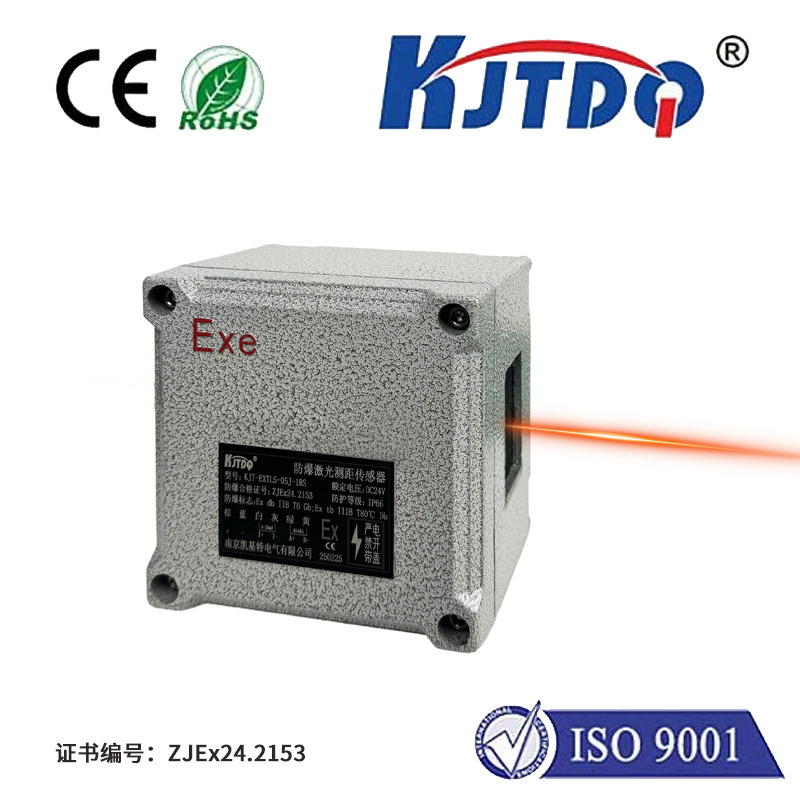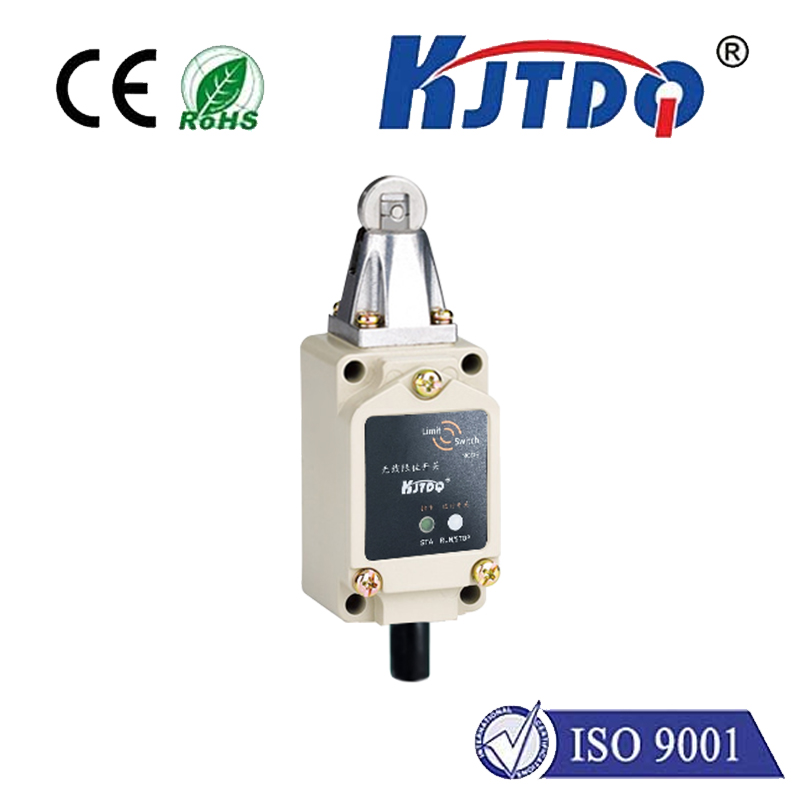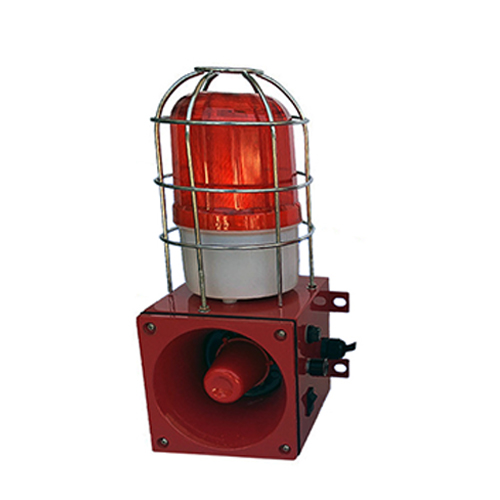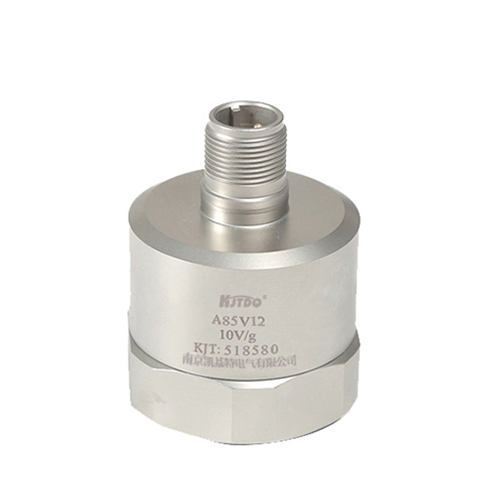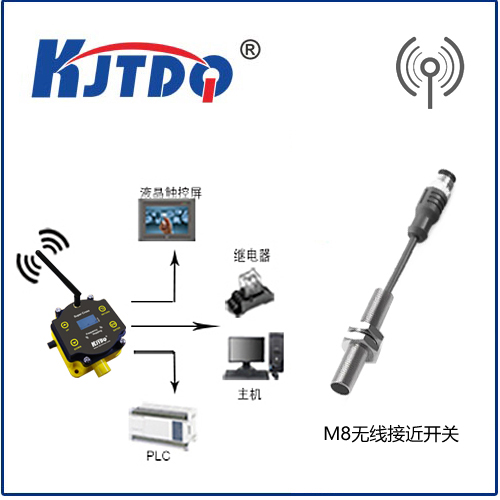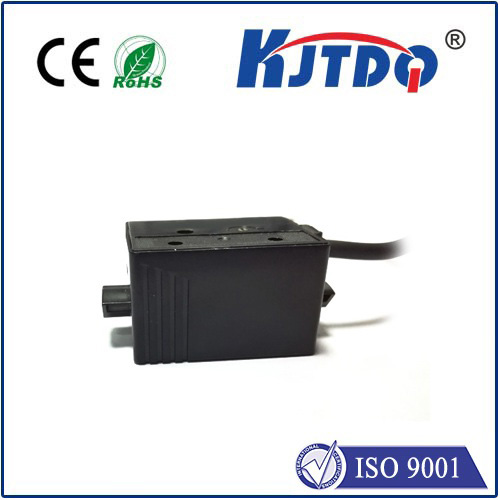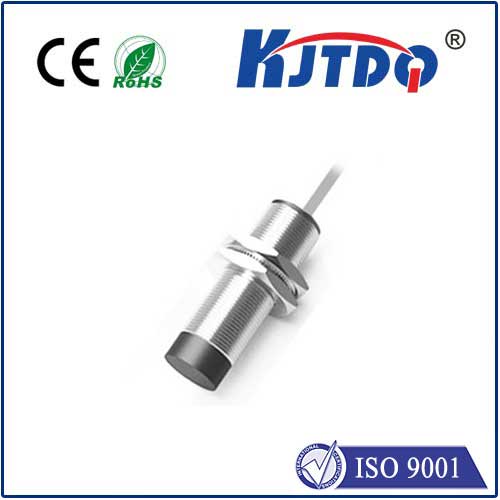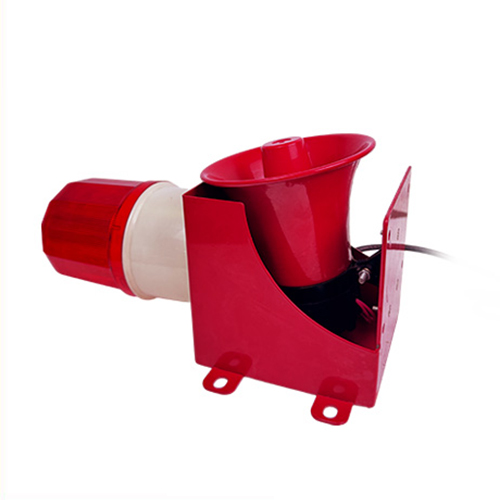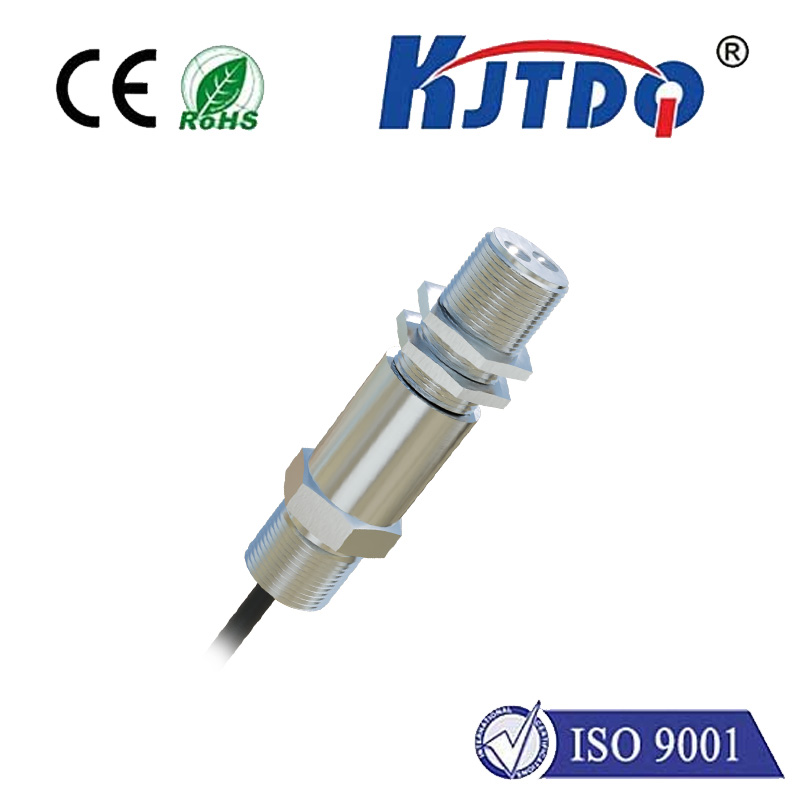
Проверка

Проверка

Проверка

Проверка

Проверка

Проверка
Imagine a world where machines seamlessly “sense” their surroundings without a single touch. Where robotic arms glide precisely, production lines hum efficiently, and safety systems react instantly – all thanks to silent sentinels watching over the action. This is the world enabled by proximity sensors, and the NPN type stands as one of the most fundamental and widely used variants. Understanding how NPN proximity sensors work, their unique advantages, and their diverse applications is crucial for anyone involved in automation, manufacturing, or process control. This guide cuts through the complexity, offering clear insights into these essential components of the industrial landscape.
What Exactly is an NPN Proximity Sensor?
At its core, a proximity sensor detects the presence or absence of an object within a specified range without physical contact. An NPN proximity sensor specifically refers to the type of transistor output it utilizes. It’s a three-wire DC sensor distinguished by its switched negative output signal.
Here’s the breakdown of its typical wiring:
The NPN Output Explained: Sinking the Current
The defining feature of an NPN sensor is its output configuration. Think of it as an electronic switch. When an object enters the sensor’s detection range, its internal circuitry activates. This activation causes the NPN transistor inside the sensor to turn on.

Key Concept: For an NPN sensor’s output to function correctly, the load (the device it’s controlling – like a PLC input, relay coil, or indicator light) must be connected between the positive supply voltage (+VDC) and the black output wire. When the sensor detects an object (transistor ON), it completes the circuit path for current to flow from +VDC, through the load, into the black wire (output), and sinks it down to 0VDC/ground.
This is why NPN outputs are often called sinking outputs. They provide a path to ground when active.
NPN vs. PNP: Why the Distinction Matters
You’ll often encounter both NPN and PNP proximity sensors. Understanding the difference is critical for proper system design and wiring, as connecting them incorrectly won’t work and could potentially cause damage. Here’s the crucial comparison:
| Особенности | NPN Proximity Sensor | PNP Proximity Sensor |
|---|---|---|
| Тип экспорта | Sinking Output | Sourcing Output |
| Transistor | НС | ПНП |
| Load Connection | Between +VDC and Output (Black) | Between Output (Black) and 0VDC (Ground) |
| Output State (Active) | Output connects to Ground (0VDC) | Output connects to +VDC |
| Common Regions | Asia, Europe (often PLCs designed for sinking) | North America (often PLCs designed for sourcing) |
How Do They Actually Detect? The Sensing Principle
While the NPN designation specifies the output type, these sensors rely on various underlying sensing principles to detect objects non-contactually. The most common principles for NPN (and PNP) inductive proximity sensors are:
NPN proximity sensors are available using all these principles, though inductive types dominate metal detection applications.
Why Choose NPN? Advantages and Applications
The choice between NPN and PNP often depends on regional conventions, the PLC or controller being used, and specific wiring considerations. However, NPN sensors offer distinct advantages and find extensive use:
Applications for NPN proximity sensors are vast and touch nearly every industry:
Selecting and Using NPN Proximity Sensors: Key Considerations
Choosing the right NPN proximity sensor involves more than just the output type:
